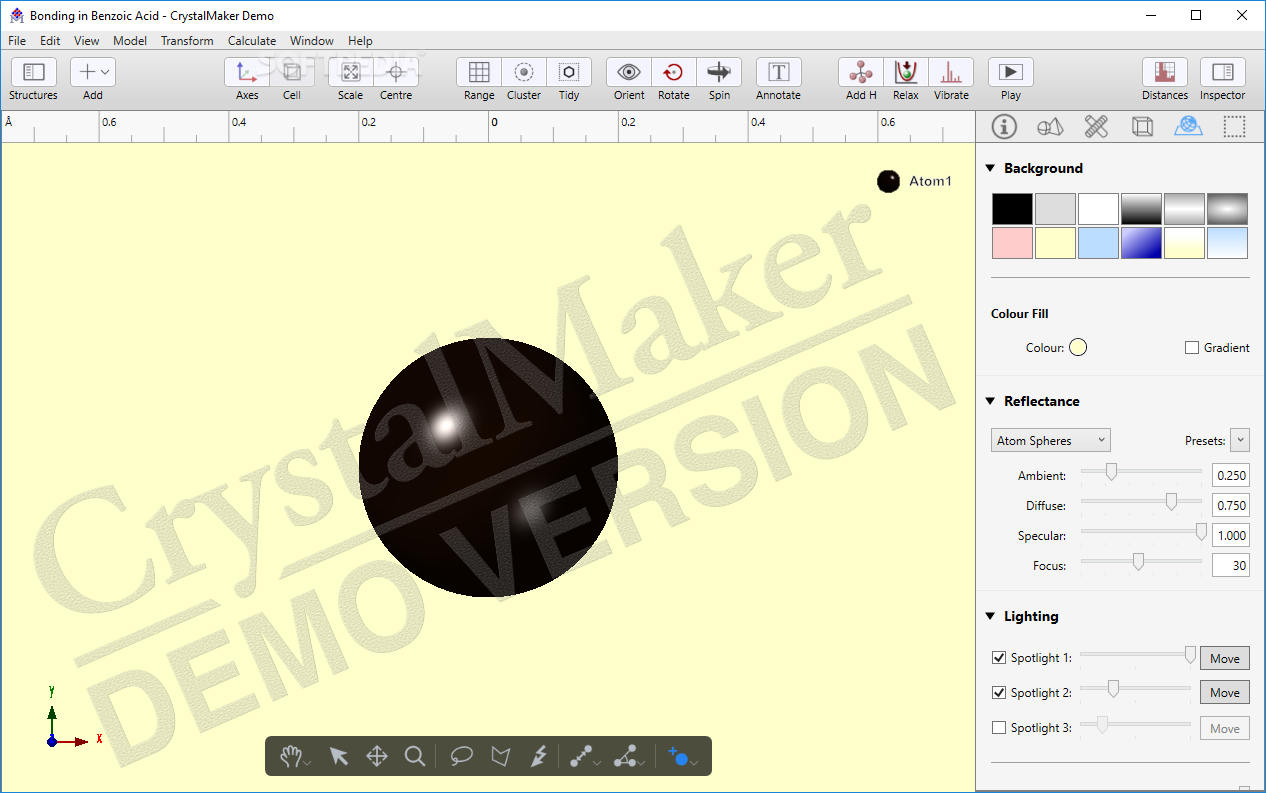

Eschewing the multi-layer, multicolored glass produced by other glassmakers, he favored clear and colorless glass and created forms displaying simplicity, balance and symmetry, experimenting with the effects of transparency, opacity and opalescence inherent in the material and filing 15 patents between 19. By 1920, he became known as a master glassmaker, and a year later built a second glassworks in Wingen-sur-Moder, Alsace – the only Lalique crystal production facility today – thanks to French government incentives post-WWI to restore this region famous for its long-standing glassmaking tradition, which was well-forested at a time when wood-fired ovens were used. Lalique then moved into the glassmaking industry at the height of his jewelry career during the 1900 World’s Fair in Paris, thereafter abandoning jewelry-making in 1912 to concentrate solely on glass, tired of his jewels being counterfeited.

His philosophy was: “Better to seek beauty than flaunt luxury.” Inspired by classical antiquity, Japonism, Byzantine and Florentine art, nature and the female body, the avant-gardist ornamented his creations with unconventional materials, combining gold and precious stones with semi-precious gems, enamel, glass, leather, horn, ivory and mother-of-pearl. He said, “I work relentlessly… with the will to arrive at a new result and to create something never seen before.” Hailed as the father of modern jewelry who apprenticed with jeweler Louis Aucoc and studied goldsmithing and design at the Decorative Arts School in Paris before working for celebrated brands like Boucheron, Vever and Cartier, he started his own business in 1888. A leading figure in 19 th- and 20 th-century jewelry and decorative arts, he was beloved by royalty and the intellectual and artistic elite. Whether it was jewelry, tableware, perfume bottles, vases, objets d’art, luxury car mascots, furniture, lighting, wall decorations or architectural elements, visionary artist René-Jules Lalique, born in 1860 in Aÿ in the Champagne region of France, succeeded in sublimating every object he touched, leaving his mark on the Art Nouveau and Art Deco movements.


 0 kommentar(er)
0 kommentar(er)
